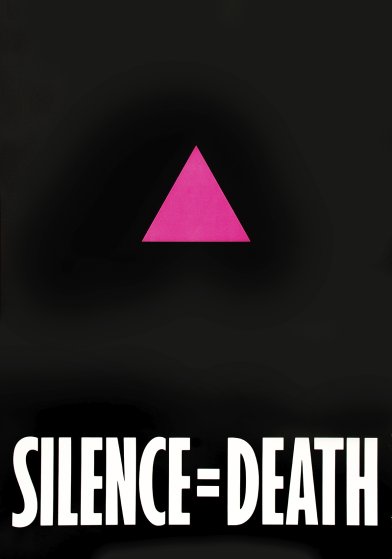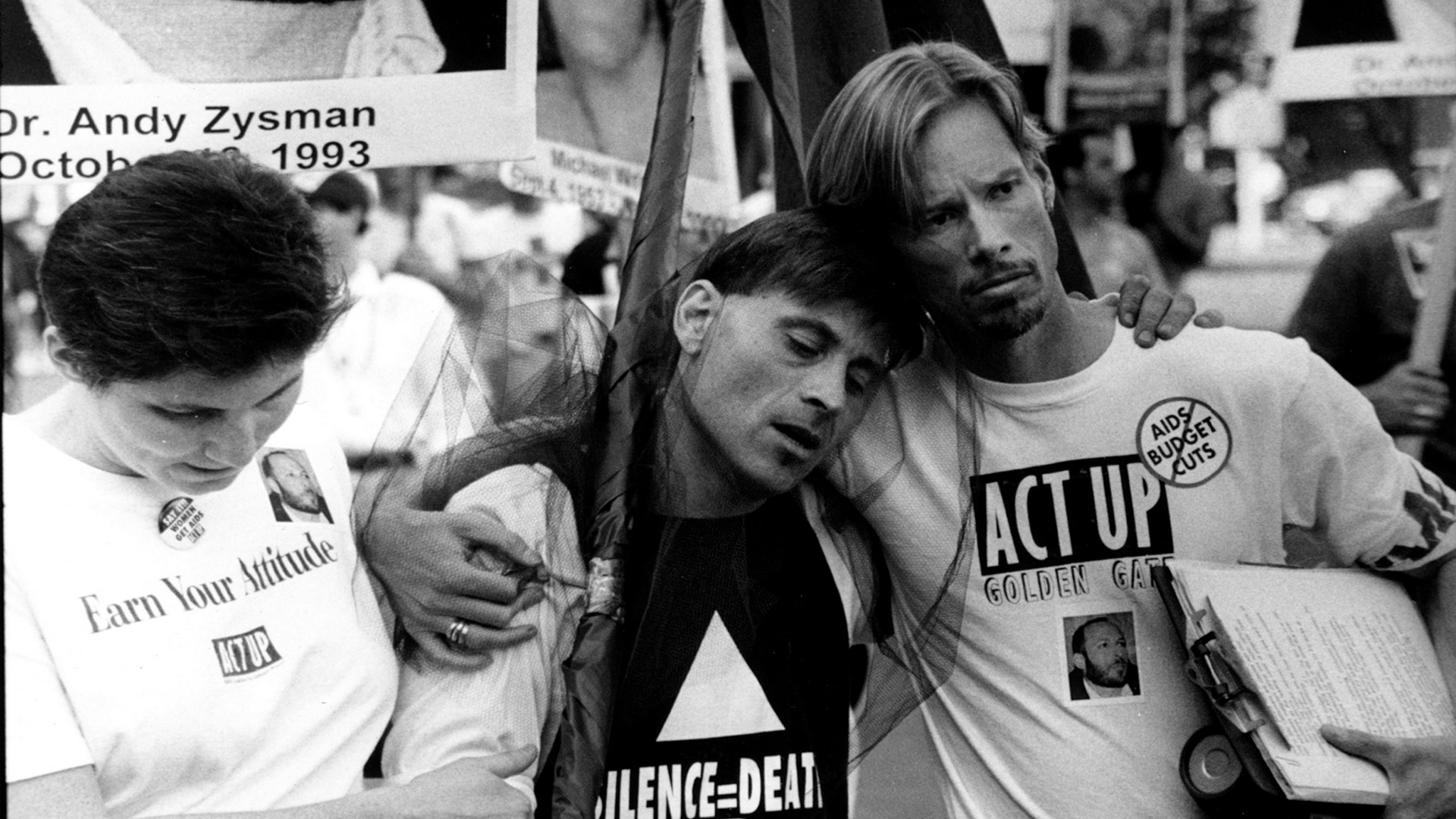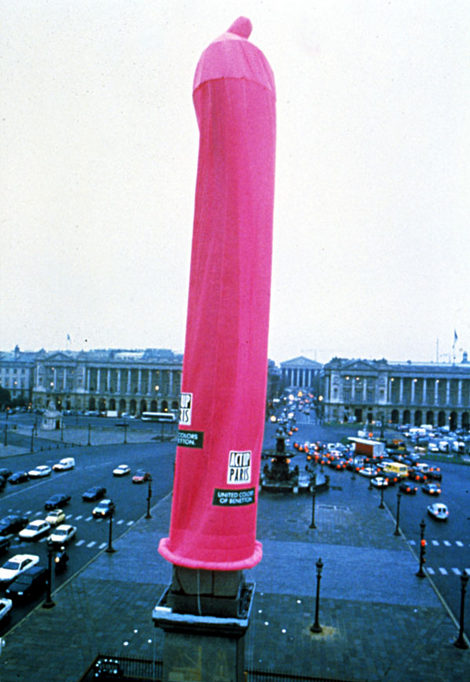Gilbert Baker original Rainbow Flag design, 1978
Rainbows
and Triangles
Paulina Berczynski
As the Bay Area gets ready to celebrate its Gay Pride this weekend, we reflect on the symbols that make those celebrations so powerful.
The most potent and ubiquitous of those signs, The Rainbow Flag, was designed by San Francisco artist and activist Gilbert Baker, who passed away in 2017. That first flag was hung on June 25, 1978 in the United Nations Plaza. In Baker’s original design for the polychrome rainbow, the flag included eight colored stripes, two more colors than the flag we know today. The decision to edit the stripes down to six was credited to the cost of reproducing color photographs in those days. Baker knew that the power of this flag would start with the distribution of its documentation. People seeing those images would see themselves in its waving colored stripes. That first flag was hand dyed in trash cans and sewn in the attic of the Gay Community Center on SF’s Grove Street.
There's an article in the SF Chronicle about Gilbert, the flag, and fabulously enough, his protest drag costumes. A good quote from the end of the article:
"I'm not sure I'd draw a distinction between the flag and his drag...He takes a nationalist symbol that demands patriotic fealty, that one adheres to a notion of borders, and he rewrites it so it's about everyone and everything. I think he did the same in his drag."
In contrast to the celebratory nature of the rainbow flag, the Aids awareness group Act Up covered the streets of New York with posters that demonstrated the collective anger within the gay community over the US government’s mishandling of the Aids crisis in 1987. The poster repositioned the inverted pink triangle used by Nazi’s as identifying badges for queer men in concentration camps who were sent there because of their homosexuality. This symbol was flipped upside down and reclaimed as an international symbol of gay pride, used in protests starting in the late 1970s. Its use was further popularized by the international direct-action AIDS Coalition To Unleash Power (ACT UP), who adopted the symbol along with the slogan "SILENCE = DEATH" as its logo shortly after its formation by six gay activists in New York City in 1987. While reclaiming the symbol, the group also recognized the dark history it embodied, seeing much more than a metaphor in these two historical moments of mass death. These points were made abundantly clear in the group’s manifesto, “silence about the oppression and annihilation of gay people, then and now, must be broken as a matter of our survival.”

Undated Act Up poster
 Still shot from David Weissman’s 2011 documentary, We Were Here
Still shot from David Weissman’s 2011 documentary, We Were Here Act Up Flag at protest
Act Up Flag at protest Act Up and United Colors of Benetton, Sheathed Luxor Obelisk, Paris 1993
Act Up and United Colors of Benetton, Sheathed Luxor Obelisk, Paris 1993It is oversimplifying to limit the scope of fabric in the fight for LGBTQ rights to these two symbols but this is just where we begin- with empowerment, and inclusion, and taking back the tools of oppression as tools for community building and awareness.
This weekend there will be thousands in the streets celebrating Pride with hand-made banners and drag costumes, rainbow flags and probably a lot of branded teeshirts and tote bags from the corporate floats as well. As we kick off this little blog, and the larger project that we hope will bring us together in solidarity around self-determination and the broader struggle for human rights, we invite you to pay attention to the home-made fabric objects of resistance and empowerment around you. The next defining symbol of the movement is going to debut in the streets. Happy Pride everyone!